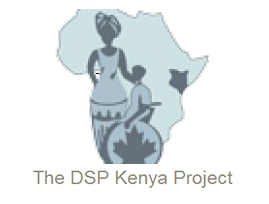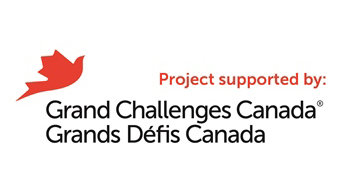2.4 – Who might rehabilitation providers treat in SSA?
Sub-Saharan Africa (SSA) has the highest HIV infection rate in the world and is home to more than 2/3 of all people worldwide living with HIV.4 Gender inequality and economic disparity are the leading root causes of high HIV prevalence in SSA.
HIV is a generalized epidemic in many countries in SSA: it can be present in anyone and across all ages.
However, there are some populations that are at higher risk for HIV infection including young adults, truck drivers, migrants, people with disabilities, commercial sex workers, men who have sex with men, prison inmates and injection drug users.
Table 2.4: Estimated prevalence and incidence of HIV infection and mortality in Sub-Saharan Africa and globally, 20164
| Sub-Saharan Africa 2016 Estimates |
Global 2016 Estimates |
|
|---|---|---|
Number of People Living with HIV (all ages) |
25 500 000 |
36 700 000 |
New HIV Infections (all ages) |
1 160 000 |
1 800 000 |
AIDS Deaths |
730 000 |
1 000 000 |
2.4.1 Encouraging trends
Despite these alarming figures, progress has been made in Sub-Saharan Africa in recent years, including:5
- a decrease in the number of new infections
- a decrease in AIDS-related deaths
- a decrease in children newly infected
- increases in the prevention of mother-to-child transmission (PMTCT)
- increases in HIV testing rates
- increased uptake of HIV treatment among eligible HIV-positive people
2.4.2 Persistent gender inequities
Women are more likely to be infected than men. They account for approximately 57% of people living with HIV in Sub-Saharan Africa.6 This increased risk is due to both physiologic differences and socio-economic factors including poverty, marginalization, gender power inequalities, and violence.7
2.4.3 HIV and aging
There are limited data available on older people living with HIV in Sub-Saharan Africa. However, it has been projected that the number of people living with HIV who are 50 years or older in SSA will climb from approximately 1 in 7 in 2011 to 1 in 4 in 2040.8 While people with HIV are living longer, many are challenged by comorbidities related to aging.
4Joint United Nations Programme on HIV/AIDS (UNAIDS). UNAIDS Data 2017. http://www.unaids.org/sites/default/files/media_asset/20170720_Data_book_2017_en.pdf
5United Nations. UNAIDS Fact Sheet World AIDS Day 2017. http://www.unaids.org/sites/default/files/media_asset/UNAIDS_FactSheet_en.pdf
6Joint United Nations Programme on HIV/AIDS (UNAIDS). Global report: UNAIDS report on the global AIDS epidemic 2013. November 2013 http://www.unaids.org/sites/default/files/media_asset/UNAIDS_Global_Report_2013_en_1.pdf
7Gatali M, Archibald CP. Women's Health Surveillance Report: A Multi-dimensional Look at the Health of Canadian Women. Canadian Institute for Health Information, 2003. https://secure.cihi.ca/free_products/CPHI_WomensHealth_e.pdf.
8Hontelez JA, de Vias SJ, Baltussen R, Newell ML, Bakker R, Tanser F, Lurie M, Barnighausen T. The impact of antiretroviral treatment on the age composition of the HIV epidemic in sub-Saharan Africa. AIDS. 2012 Jul;26 Suppl 1:S19-30.

 Previous Page
Previous Page




